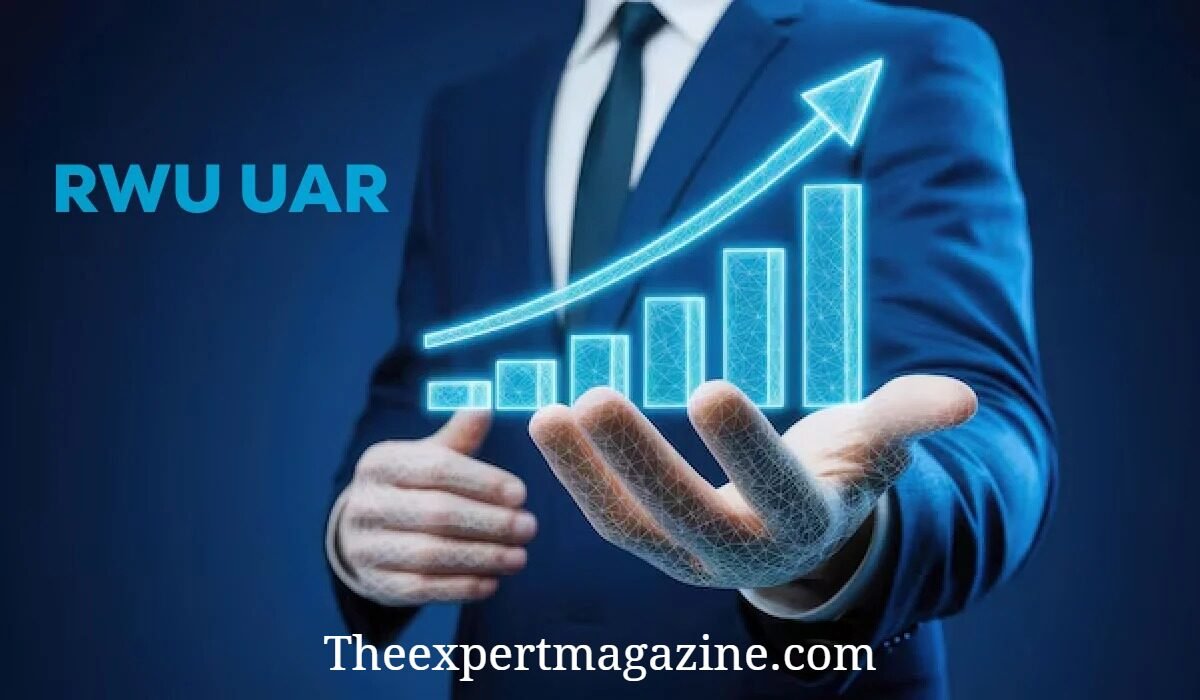Introduction
Our world’s digital transformation has given rise to countless innovations that are re -shaping industries, education, governance and human contacts. In these emerging conditions, there is a recent one to highlight curiosity which is RWU ur. Although unfamiliar for many people, Rwu uar stands as a concept, equipment, and outline, which combines research-operated knowledge, utility-operated applications and experiences of the enhanced reality to strengthen decision making in various fields.
Although it can seem highly technical at the first time, it is designed with adaptability keeping in mind the UAR, which means that it can be integrated into the daily operation of businesses, educational institutions, healthcare providers and even government systems. Understanding Rwu Uar requires deeper into its origin, functions, real -world applications, benefits and boundaries. The objective of this article is to provide readers with a comprehensive observation of UAR, which breaks its complexity in actionable knowledge that can be used by leaders, students, professionals and newlords.
Table of Contents
What is RWU UAR?
Rwu UAR can be described as a hybrid model of digital change where Rwu represents “research, function and utility”, while UAR stands for “integrated enhanced reality”. Together, these two aspects create a dynamic system that merges the data-supported insight with a promoted visualization tool. Instead of being a piece of software or hardware, Rwu operates as a multi-dimensional structure, which enables organizations to create informed options by imagining the results in fake, promoted environment.
This makes it different from traditional analytics tools, which only provide statistical insight, or from AR devices that only provide immersive visuals. Uar opens new possibilities in education, healthcare, manufacturing, smart cities, defense and research, combining both strengths.
The Evolution of RWU
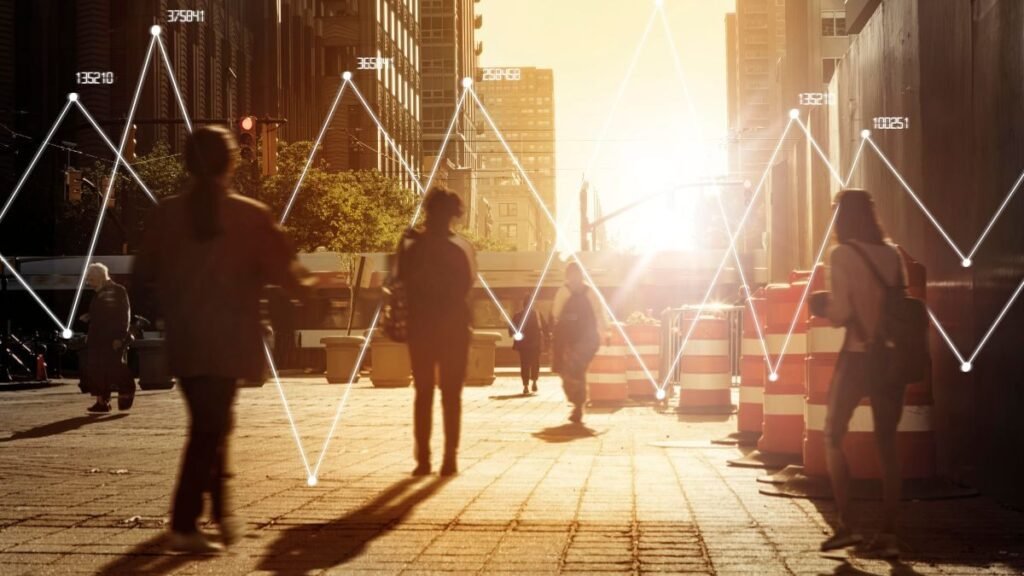
- To fully understand the importance of Uar, it is important to see how it developed.
- Early stages: Initially, data analysis forums were developed to provide reports and insights for industries. He had a shortage of visualization power.
- Emergence of enriched reality: AR Tools created immersive experiences but often lacks strong research-supported datasets.
- The merger of two worlds: Rwu emerged as a bridge, ensuring that visualization is run by evidence-based data and research, while research becomes easy to understand using self-enhanced environment.
Why UAR Matters in 2025 and Beyond
In 2025, industries and organizations face increasing complexity. Traditional models are no longer enough to make sense of massive datasets, simulate risks, or train people effectively. RWU comes in as a transformative force because it enables:
- Faster Decision-Making – By merging analytics with AR simulations.
- Practical Training – Healthcare professionals, pilots, and engineers can practice scenarios virtually before real application.
- Risk Reduction – Businesses and governments can simulate crisis events to prepare effective strategies.
- Accessible Learning – Students engage better with knowledge when research-backed concepts are paired with immersive visuals.
Core Components of RWU UAR
Research integration
UAR collects and conducts structured and unnecessary data, ensuring that decisions are based on solid research.
Work application
Framework implements conclusions on real -world settings such as manufacturing workflow, logistics or smart farming techniques.
Utility work
Utility refers to the adaptability of Rwu UAR in various industries. It is not limited to an area, but provides cross-sector benefits.
Enhanced reality layer
The UA component overlays interactive visuals, allowing decision making, learners or operators to interact with simulation in real time.
Industries Transformed by RWU UAR
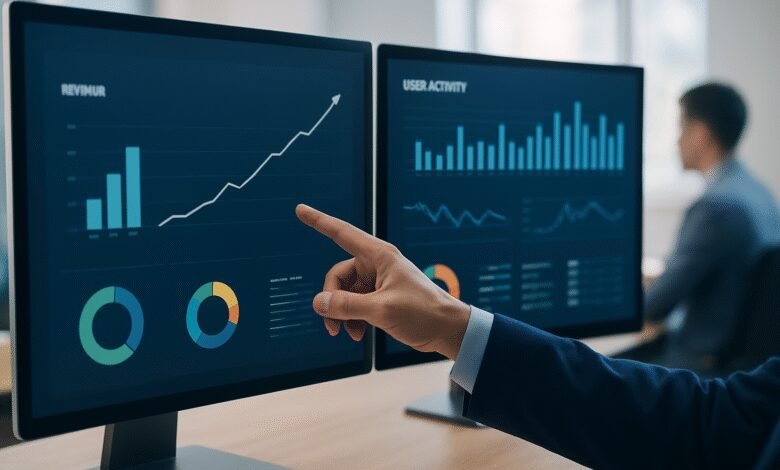
education field
University and training institutes are already experimenting with Rwu for interactive education models. Instead of textbooks alone, students can interact with historical events, biological structures or AR-based simulation of engineering projects.
Benefits include:
Better student engagement.
Use real-time for data-supported models.
Preparation for real-world problems.
Healthcare innovation
Uar is defining healthcare training and patient care again. Surgeons can simulate processes using data-operated AR tools, ensuring accuracy before actual surgery. Medical students also get experience on hands in a safe digital environment.
RWU UAR in Healthcare
| Application | Impact | Example Use Case |
| Surgical Training | Enhances accuracy, reduces mistakes | Simulated heart surgery practice |
| Patient Education | Improves understanding of conditions | Visualizing tumor growth in 3D |
| Medical Research | Data-driven exploration | Drug testing in virtual environments |
Business and Finance
Corporations are using Rwu to analyze market figures and imagine consumer behavior. Managers can simulate strategies before launching and predict the results.
Major benefits include:
Reduced financial risks.
Increased view of abstract economic trends.
Practical training for employees in crisis simulation.
Smart city and governance
Governments around the world are considering Rwu UAR for the construction of permanent smart cities. By integrating environmental data with AR, planners can predict traffic flows, adapt to waste management and simulate disaster reactions.
Challenges and Limitations of RWU UAR
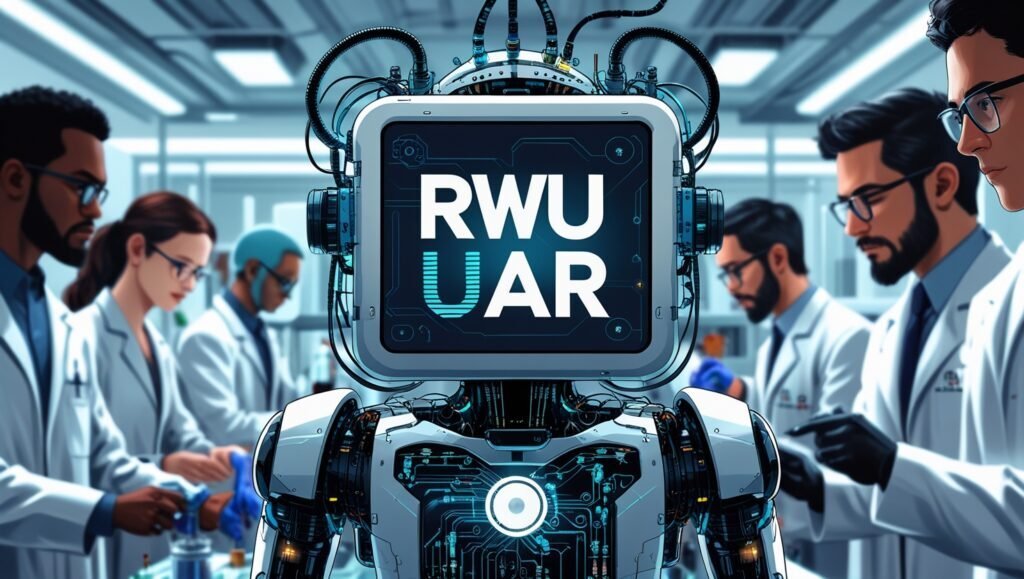
- Like all transformational technologies, Uar faces some challenges.
- High Implementation Costs: Advanced AR hardware and research platforms are expensive.
- Data privacy anxiety: Strict rules are required to handle sensitive data within an immersive environment.
- Technical Skill Difference: All professionals are not trained to operate RDU UAR equipment effectively.
- Scalability issues: Integrating in large organizations or nations may require years of adaptation.
RWU UAR vs Traditional Systems
Comparison of RWU and Traditional Tools
| Feature | Traditional Systems | RWU UAR Framework |
| Data Analysis | Static reports | Dynamic + research-driven |
| Visualization | 2D charts | Immersive AR simulations |
| Application | Industry-specific | Cross-sector adaptable |
| Training Effectiveness | Limited | Interactive, real-time environments |
| Risk Management | Reactive | Proactive through simulations |
Future Prospects of RWU
Rwu has the ability to become the backbone of digital changes in the coming decade. With Artificial Intelligence, Blockchain Integration and 6G network improvement, the framework will probably be more accessible, safe and efficient. Some predicted future applications include:
Military Defense Simulation – Propecting conflicts and reactions.
Global Environment Research – To imagine climate change effects.
E-commerce immersion-consumers allow the consumers to experience data-supported AR insight products.
Case Study: Rwu in University Research
A major university integrated Rwu in its climate change research program. Combining large -scale climate dataset with AR simulation, students and researchers can imagine rising sea levels, deforestation effects and renewable energy adoption scenarios. The project not only increased understanding, but also influenced the policies of the local government.
Why RWU UAR Matters
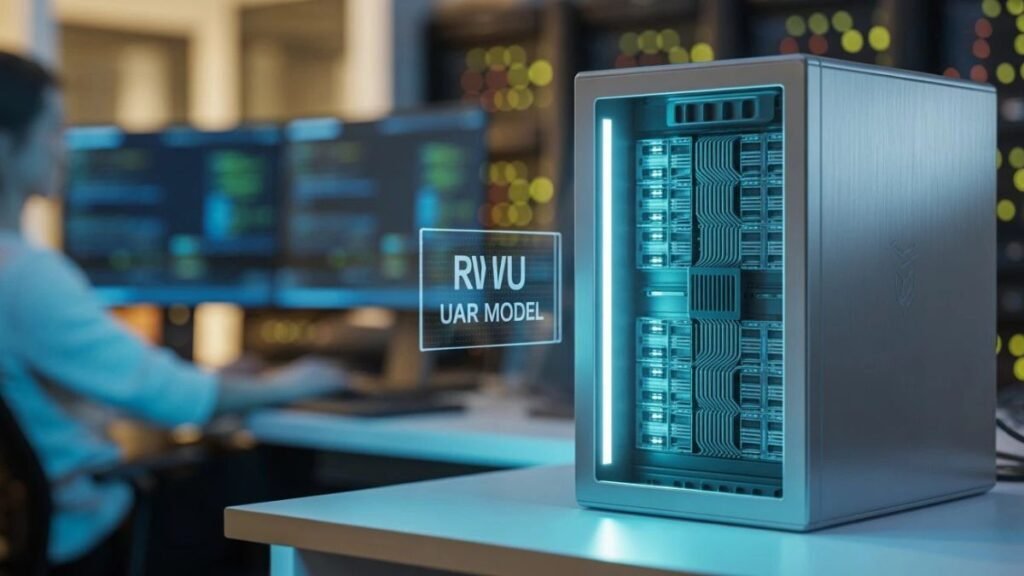
Rwu is important because it allows organizations and individuals to see information in action. Instead of reading the numbers in the report reading or spreading the numbers, the users can interact with the scenarios in an immersive manner. For example, a business can test how a new product launch can perform in various markets, while medical students may experience almost surgery before performing in reality.
Major powers include:
Better understanding of complex data.
Safe training environment.
Taking fast and smart decisions.
Adaptability in many industries.
Real world applications of rwu uar
In the field of education
Rwu Uar helps teachers bring subjects in life. Imagine a history class, where students not only read about ancient civilizations, but in fact they seek them in a promotional simulation supported by research data. This approach creates curiosity and long -term retention.
In healthcare
Doctors and students benefit from Rwu UAR through medical simulation. A complex surgery can be digitally rehearsed, which reduces real -life risks. Patients get a clear insight about their conditions when the 3D model of treatment results is shown.
in business
Companies use Rwu UAR for market forecasting and risk simulation. This allows managers to imagine interruption, financial changes or consumer behavior patterns before committing to a strategy.
In government and smart cities
Employed can simulate traffic, weather effects or disaster reactions in a promoted reality. These models help to create low -risk clever, more durable cities of human error.
Challenges of RWU UAR

While Rwu Uar shows the promise, it is not without challenges. The high cost of the advanced AR system makes it difficult to adopt small outfits. There are also concerns about data privacy and moral use, especially when sensitive information is imagined. Finally, professionals require special training to make full use of technology, which slowly slows down adoption.
Conclusion
Rwu uar is more than just a technical brief name; It is a transformative approach that mixes data, utility and enrichment reality on how industries work. From education and healthcare to governance and business, the framework displays unique versatility. Despite the challenges of cost and scalability, its possible impact makes it a technique worth investing for the future. Rwu UA will stand at the forefront of innovation, as organizations seek smart, research-driven and immersive solutions.
FAQs
1. What does Rwu Uar stand for?
Rwu uar combines “research, function and utility” with “integrated enhanced reality”, which creates a hybrid model of data-interested enhanced environment.
2. Which industries benefit the most from RWU UAR?
Education, healthcare, business and government sectors currently show the highest ability to adopt.
3. Is Rwu Uar cheap for small businesses?
Currently, the cost is high, but such as technology is the mainstream, more affordable solutions will emerge.
4. How is Rwu UAR different from traditional AR?
Unlike traditional AR, Rwu UAR integrates research-based dataset, giving visualization more reliable and useful for decision making.
5. What is the scope of the future of Rwu Uar?
Future uses include military simulation, climate research, immersive shopping and advanced training for global industries.
Also Read This: PremiumIndo69
